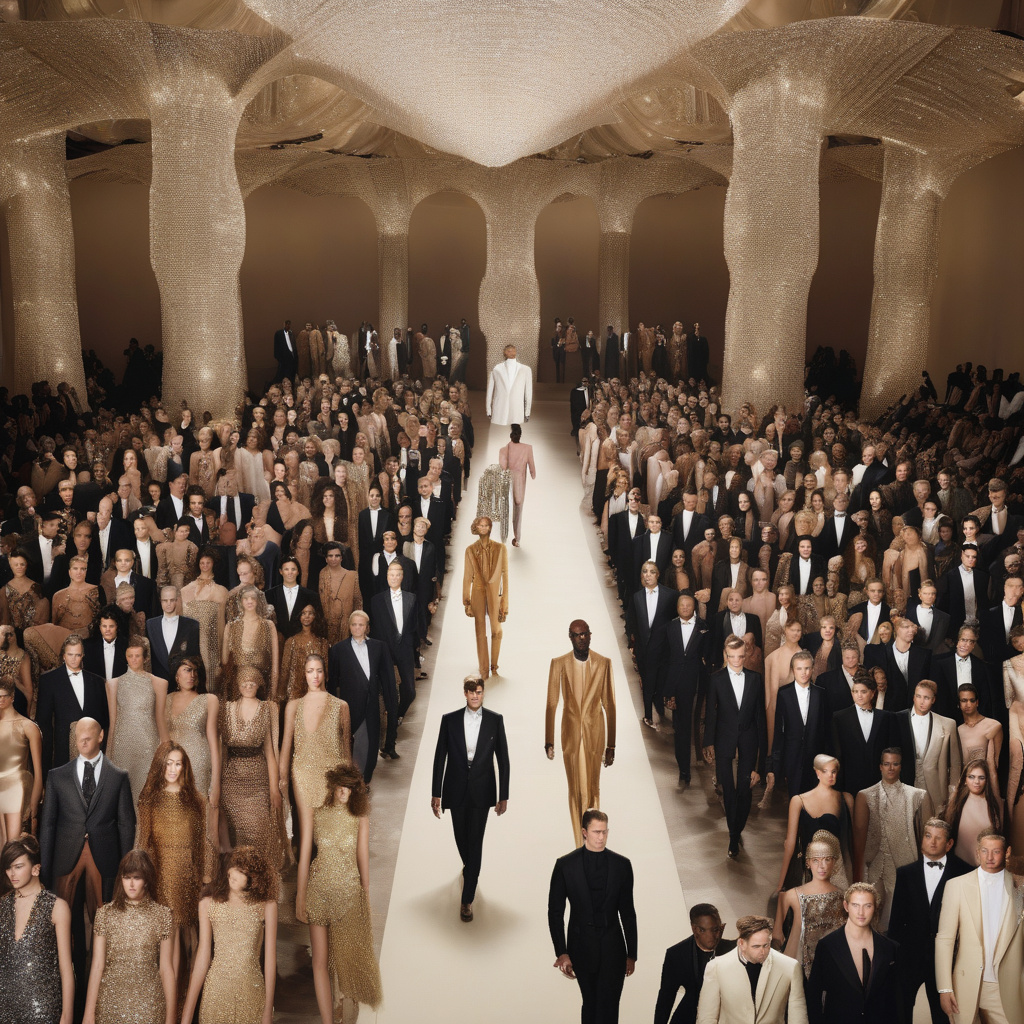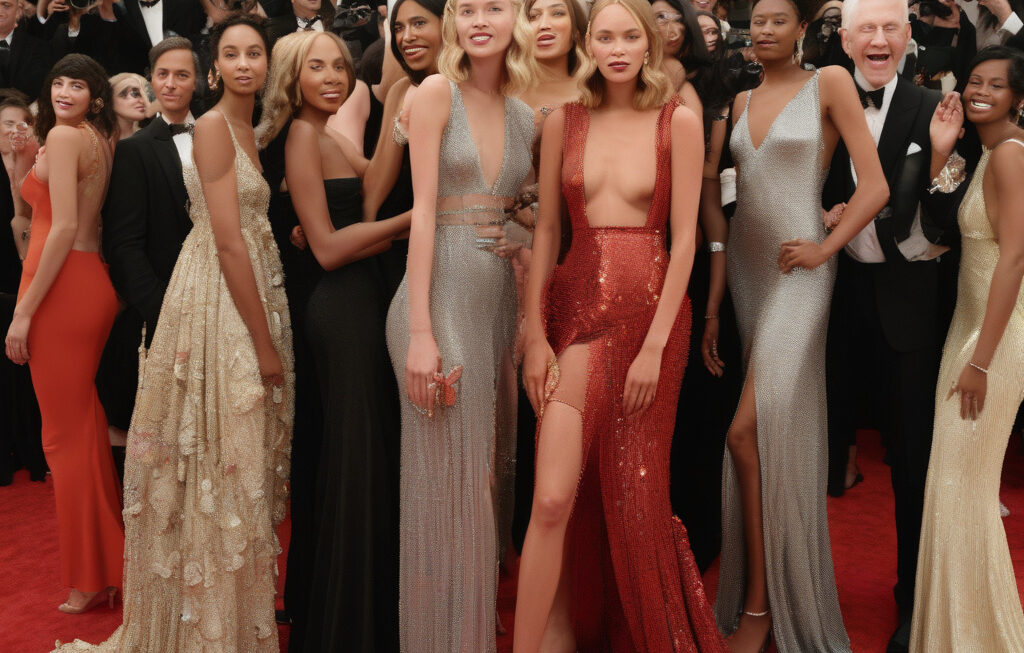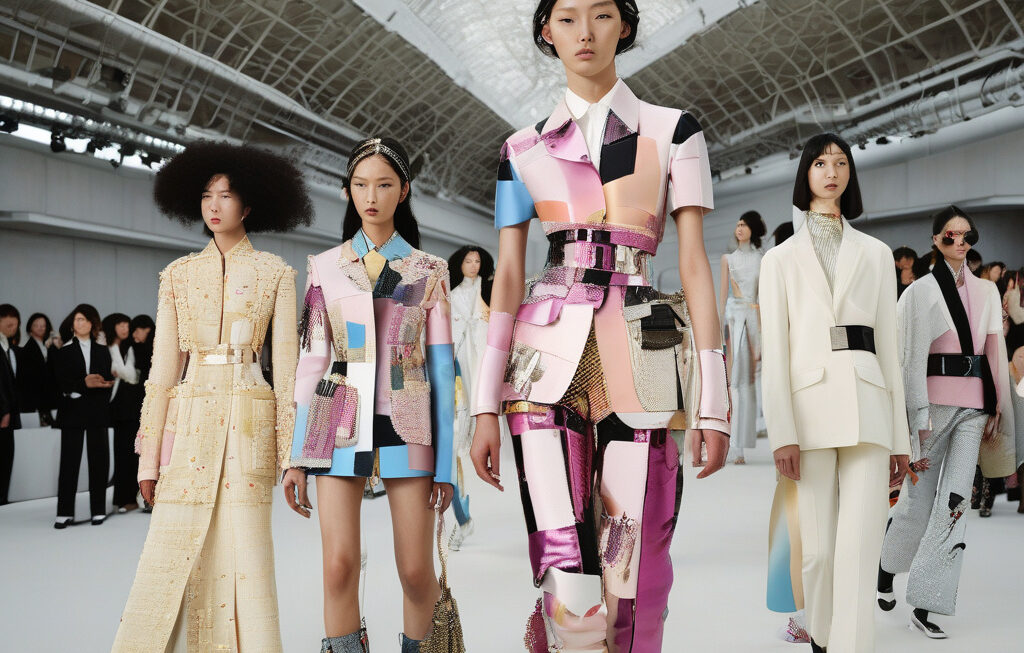Fashion’s Musical Chairs Ends — With Men in Almost Every Seat
The world of fashion has long been known for its ever-changing landscape, with designers moving from one prestigious house to another in a game of creative musical chairs. However, the recent round of appointments has left many in the industry raising their eyebrows – with men now occupying almost every top seat.
There’s no denying that the biggest luxury brands badly need a creative reboot. The traditional houses that once set the trends are now finding themselves struggling to stay relevant in an era of fast fashion and changing consumer preferences. With this pressing need for reinvention, major fashion players have turned to a roster of talented designers to lead the way.
While the designers who have secured these coveted positions are undoubtedly skilled and deserving of recognition, the glaring lack of female representation in these key roles raises important questions about the industry’s approach to talent and diversity. As highlighted by Imran Amed, founder and editor-in-chief of The Business of Fashion, the absence of women in these top jobs underscores systemic issues within the fashion world.
Historically, women have played a significant role in shaping the fashion landscape, from Coco Chanel revolutionizing women’s wardrobes to Phoebe Philo bringing her minimalist chic to Celine. However, the current imbalance in leadership positions signals a regression in an industry that prides itself on creativity and innovation.
The lack of gender diversity at the helm of major fashion houses not only limits opportunities for talented female designers but also hinders the industry’s ability to truly connect with its diverse consumer base. In an era where inclusivity and representation are at the forefront of societal conversations, the fashion world must do better in fostering a more equitable and diverse talent pipeline.
While it’s essential to acknowledge the strides that have been made towards gender equality in fashion, such as Maria Grazia Chiuri becoming the first female creative director at Dior, there is still much work to be done. The appointment of men to the majority of top creative positions is a missed opportunity to showcase the breadth of talent and creativity that exists across genders.
As consumers increasingly demand transparency and authenticity from the brands they support, it is crucial for fashion houses to reflect these values not only in their marketing campaigns but also in their leadership structures. By championing diversity and inclusivity at all levels of the organization, brands can better connect with their audience and drive meaningful change within the industry.
In conclusion, the current state of fashion’s musical chairs, with men dominating the top creative positions, serves as a wake-up call for the industry to reevaluate its approach to talent and diversity. While the selected designers may bring fresh perspectives and innovative ideas to their respective roles, true progress will only be achieved when all voices are heard and represented.
#FashionIndustry, #GenderDiversity, #CreativeLeadership, #Inclusivity, #FashionInnovation












